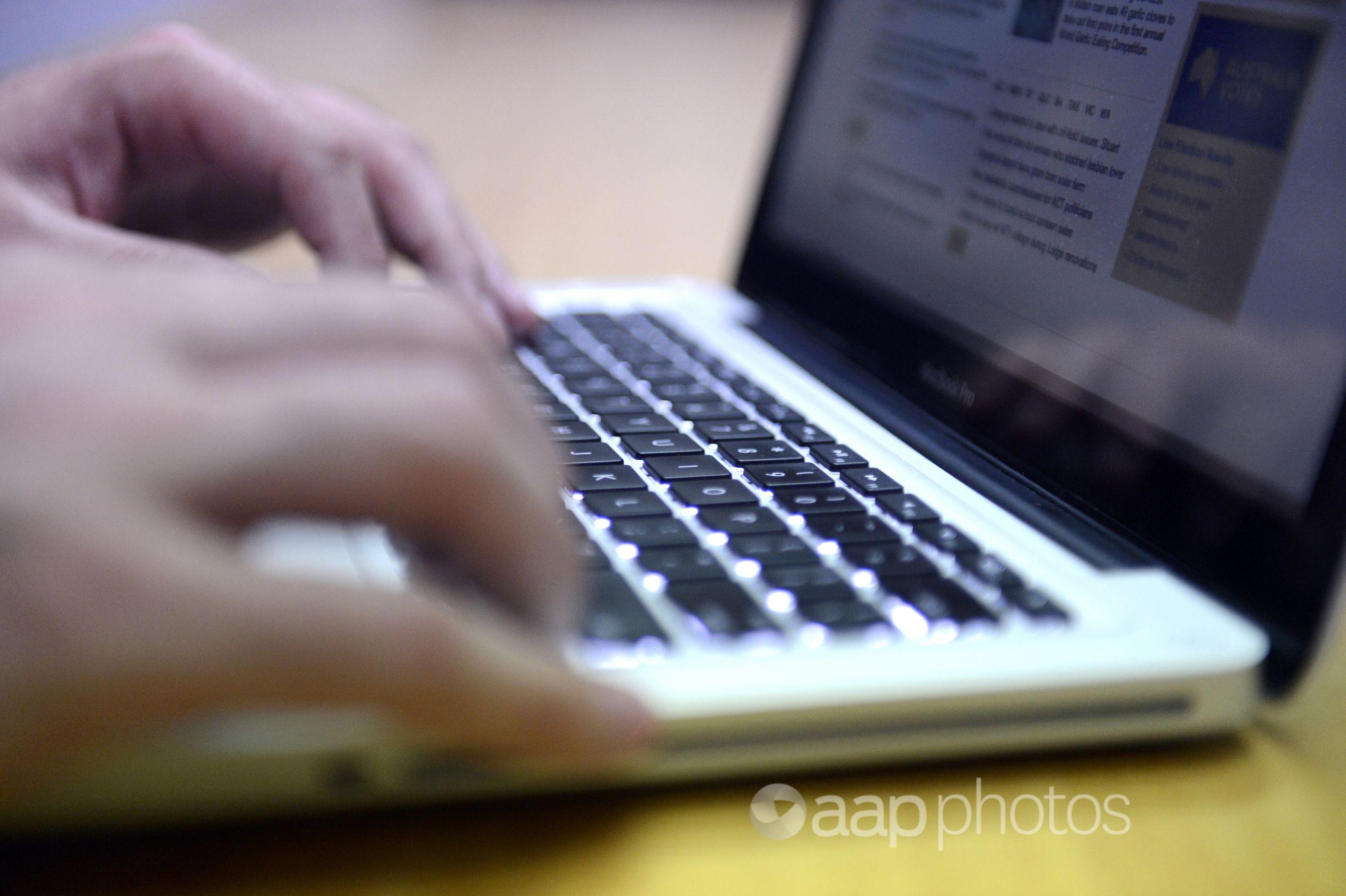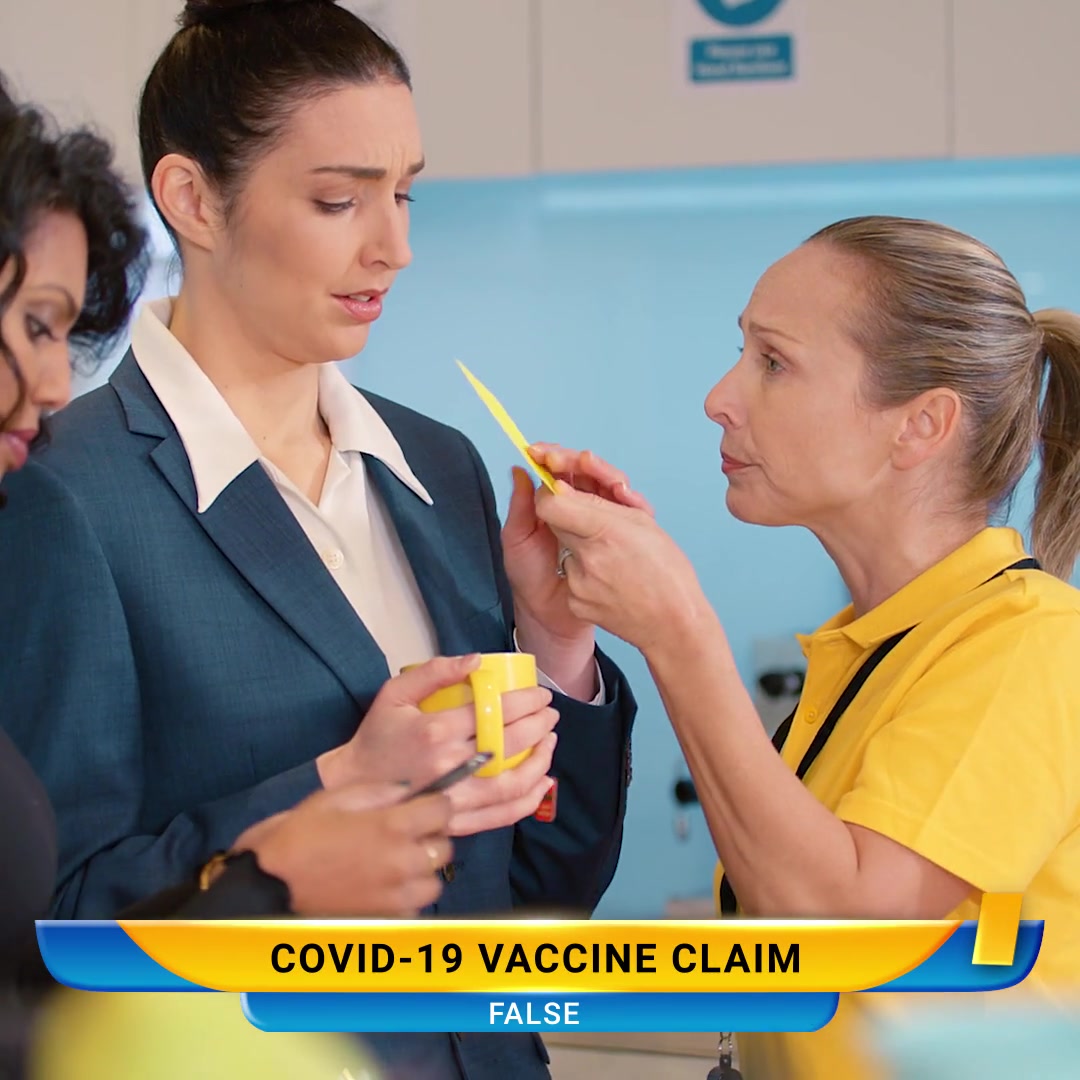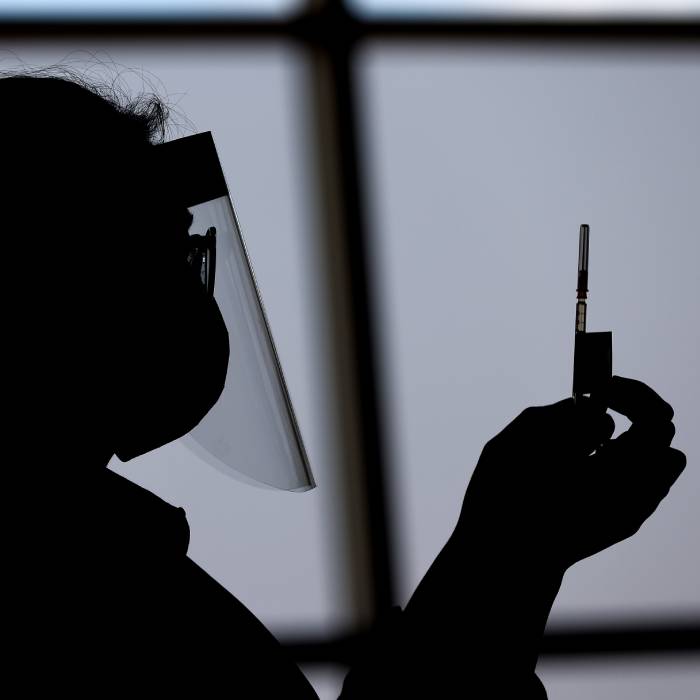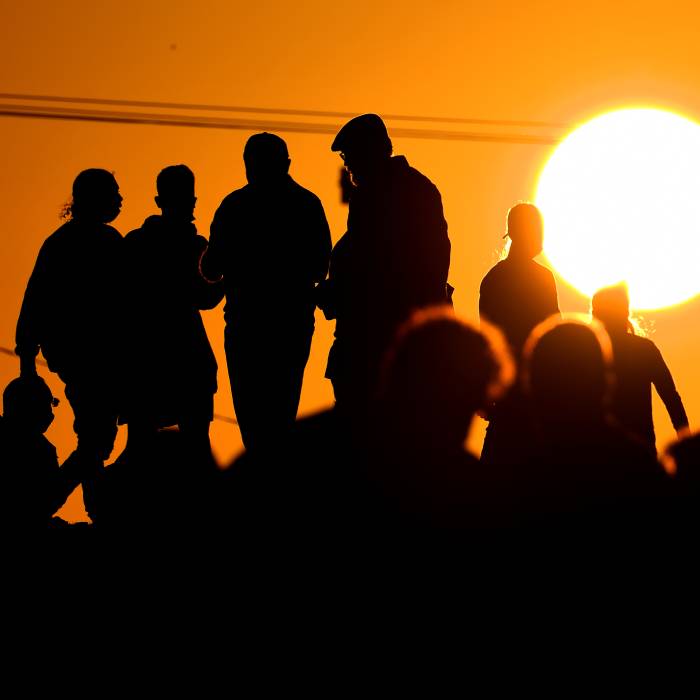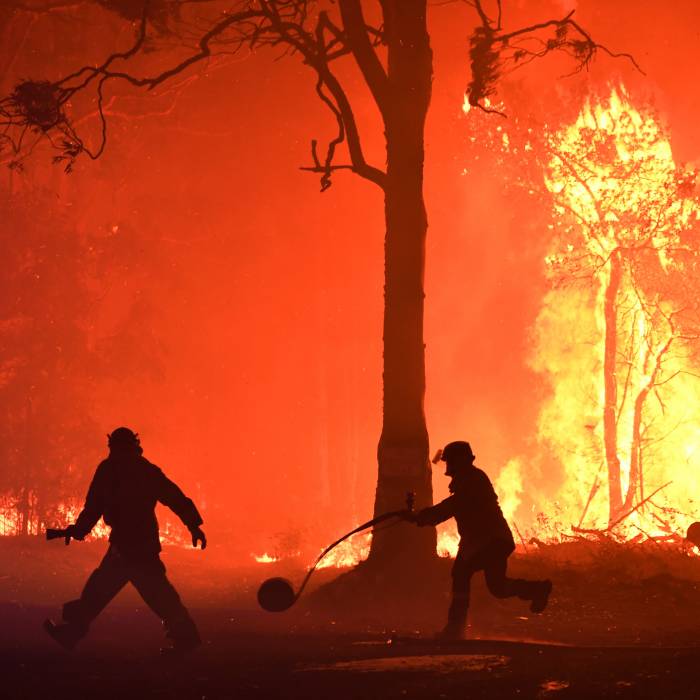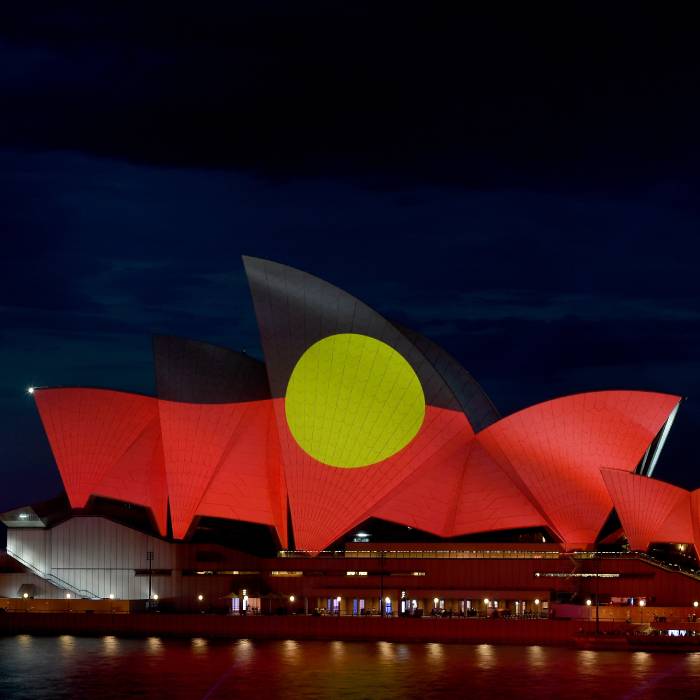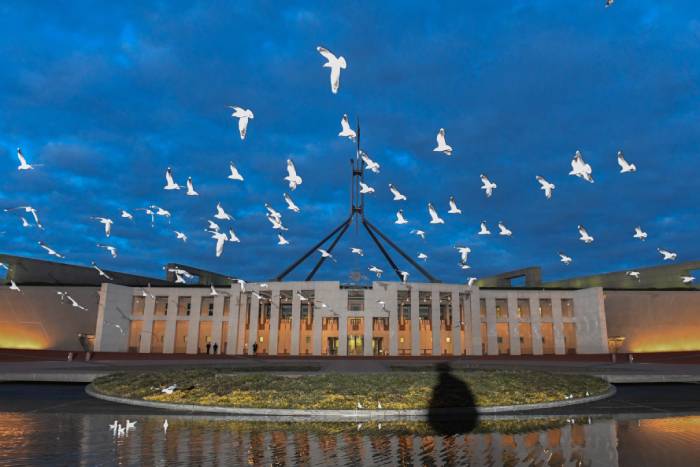The human brain is hard-wired to trust visual information. As babies, we see long before we learn to speak and write, so images naturally draw us in. They are often the first thing people look at on social media, and posts with pictures are far more likely to get our attention.
Because images ‘show’, rather than ‘tell’, people often trust them more than other forms of information.
Imagine this. You’re in a park and you come across a delightful looking pastry on a bench. Would you eat it? Or would you be suspicious about who had left it there and why? When we see or share images, we should be treating them with that same level of suspicion. We need to ask: Who made these? How and why were they created? What, if anything, have people done to them?
Images come in many types, including illustrations, infographics, diagrams, and screenshots. But photographs are the ones used most widely to mislead people. In this article we provide some strategies to boost your media literacy so you can identify when a photograph may have been altered to deceive. We focus on manipulation at three key stages: image creation, image editing, and image distribution.
Image creation
The camera equipment and settings that are used to create an image can potentially mislead.
For example, specialty ‘fisheye’ lenses can produce images that exaggerate the size of content in the frame’s middle while dwarfing content at the edges, leading to distorted perspectives.
A telA telephoto or ‘zoom’ lens can tightly frame a scene. The below images of protestors at an anti-Adani coal mine rally in Brisbane show how selective framing can give the impression a large event is actually intimate and small. For this reason, be cautious when a single image is used to make claims about an event. Instead, search for images showing different angles of the event before judging whether it’s being fairly represented.
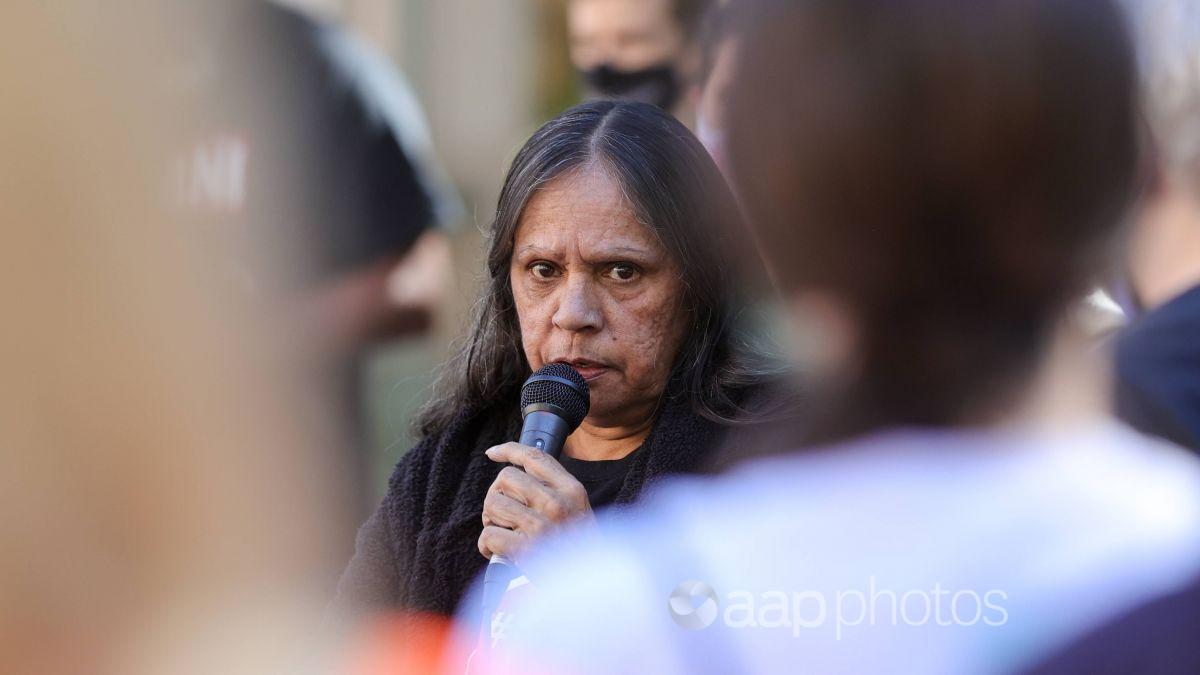
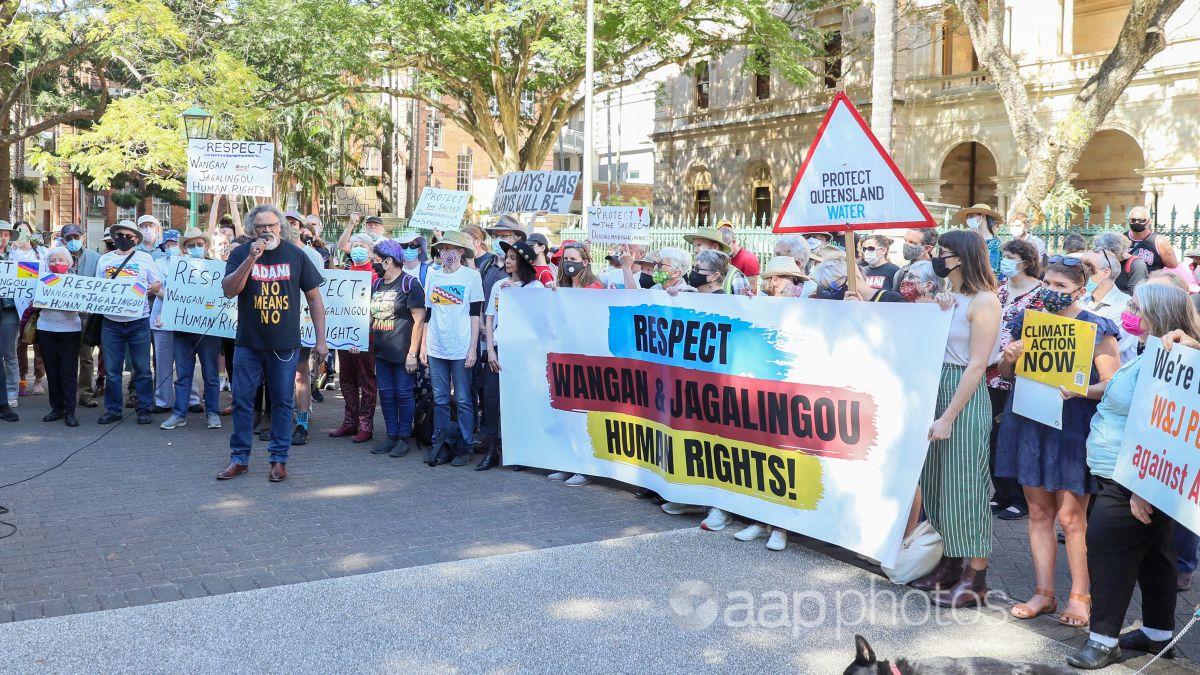
Different camera settings can also be used to change the movement or feeling of an image.
A slow shutter speed, for example, can make an explosion or volcanic eruption appear more dramatic than in reality. Without referencing the technique used, that image could give people a false impression of heightened scale or intensity.
A fast shutter speed can capture a split-second expression implying a particular emotion was dominant, but this may actually be at odds with the true tone of the moment. Such images are sometimes used in a sensationalist way to encourage people to buy a newspaper or click on a story.
Even when the camera equipment or settings aren’t being used to mislead, what is placed in front of the lens might be manipulated. People can pose, re-enact events and stage action or scenes for the camera. That’s why it’s important to consider other evidence, such as verified eyewitness accounts or images of the same scene captured by others.
Image editing
A common way to create misleading images is to add things that weren’t there or remove things that were. At first glance, it may seem that a remarkable event has been captured, but closer inspection reveals incongruous shadows, blurred pixels or other evidence of manipulation.
For example, in this image snow has been added to Egypt’s famed Giza pyramids. AAP FactCheck uncovered an identical image with the exact same shadows, minus the snow, providing evidence the image had been manipulated.
This social media image purportedly showing a rare pink peacock was also revealed as a fake by AAP FactCheck. A matching online image of an albino peacock, other colourfully Photoshopped peacock images, and expert evidence combined to confirm the hoax.
Many press organisations, including AAP, have policies prohibiting misleading edits of photographs, however, there are still many individuals and groups using image-altering techniques to deceive.
More subtle editing techniques, such as cropping, burning (darkening) or dodging (brightening) a photo, can still mislead people in some contexts. Filters are also a popular and easy way to edit images for a particular look or style or, more troublingly, to alter skin colours.
For edits that can’t be detected by the naked eye, digital tools, such as Forensically, can be used. These tools make it easier to detect large-scale edits, like when a person has been erased, but it’s still difficult to detect small-scale changes, such as the removal of wrinkles.
Unfortunately, a lot of time and expertise is often required to make sense of the data from these kinds of image analysis tools, so fact-checking services can be a valuable alternative resource.
Image distribution
Perhaps the most common way images are used to mislead is when they are re-purposed for a different context. When a video of people partying outdoors was labelled as Bondi Beach and posted to social media during Sydney’s 2021 lockdown, there was outrage. However, AAP FactCheck found the buildings in the video were actually a match for Byron Bay, hundreds of kilometres away.
Comparing images via Google Earth or Google Maps can be hit and miss, but reverse-image search engines such as Google Images or TinEye can provide a simple way of identifying if an image is what it claims to be. Such searches show where else on the web an image has been published, and can help to zero in on where and when the picture was taken.
Examining a photo’s metadata can also provide a way to investigate when, where and how an image was created – but metadata can be manipulated, and is mostly stripped out by social media platforms. If you can identify the creator of the image, you can request the original file.
Some 3.2 billion photos and 720,000 hours of video are uploaded daily to the internet. Understanding if – and why – an image is misleading is not easy. But asking critical questions, and attempting basic analysis can help you to decide if a photograph can be trusted before you believe it or share it with others.
Critical questions to help you to decide if a photograph can be trusted
- What are the claims this image makes? This can include explicit claims, like who or what is depicted, and implicit claims, about when a photo was taken or where.
- Did the action in front of the lens happen organically or has it been staged?
- Are there other images taken by other people that appear to show the same thing?
- Can the image be compared to others on Google Earth or Google Maps?
- Has the image been edited in a misleading way?
- Has the image been reused for another context to try to claim something different?
- Does the image have metadata you can analyse? Is it plausible?
- What equipment was used to make this image? What settings were used?
Acknowledgements
T.J. Thomson is a senior lecturer in visual communication and media at the Queensland University of Technology and a chief investigator at its Digital Media Research Centre.
Tanya Notley is Associate Professor of Digital Media at Western Sydney University and Deputy Chair of the Australian Media Literacy Alliance.
This article was supported by Facebook.

